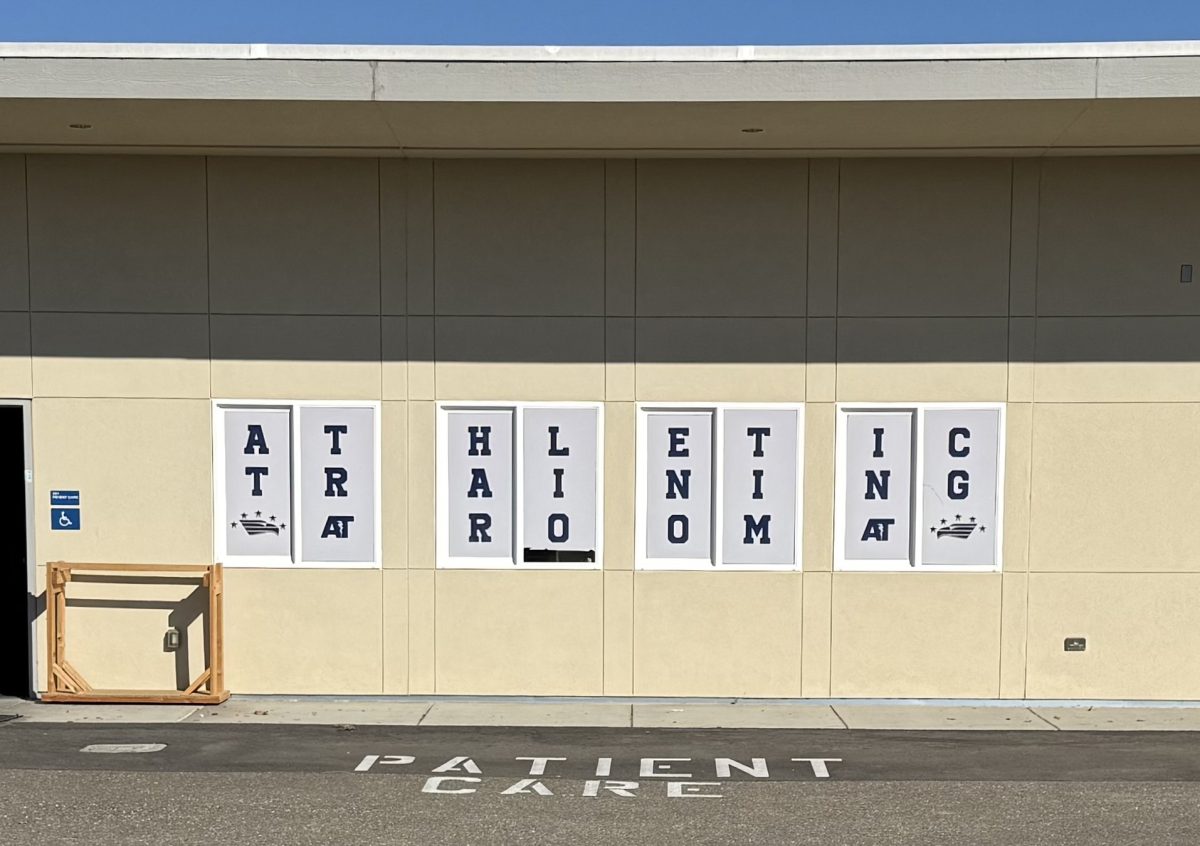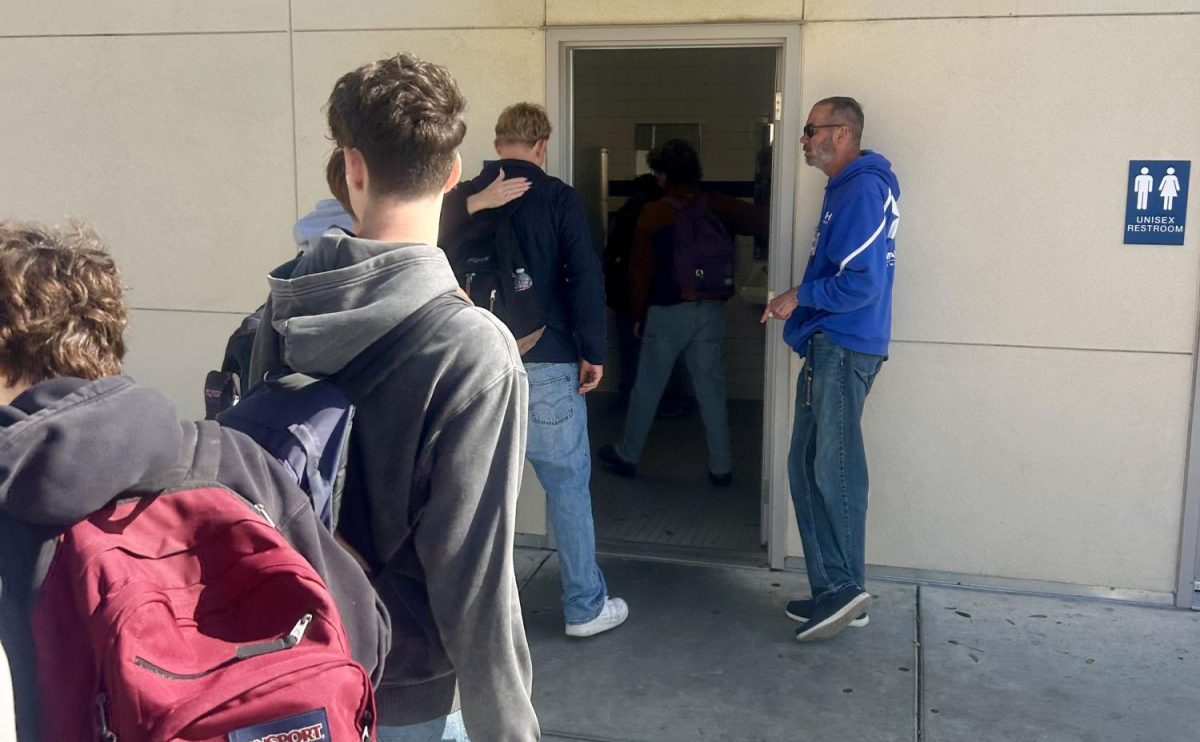Remember the first time begging your parents to get a pet and telling them you’d take good care of it? Then, for a short while, imagine that your pet is gone and you don’t know what to do next because all you’re thinking is where are they and if they are safe.
Stray animals are not a rare occurrence. Some animals are curious and wander around, while others are abused and abandoned. According to the Mars and their State of Pet Homelessness Project, 143 million dogs are on the street,12 million dogs are in shelters, 203 million cats are on the street, and another 4 million cats are in shelters.
A key question is that of why animals are treated so poorly. However, the price for abandoning pets is hefty and will eventually lead back to the abandoner. The animals also have to worry about harsh weather conditions, starvation, and untreated medical conditions. There’s also a high risk of traffic accidents and encounters with other animals that could be wild or other strays.
Additionally, public health and safety are at risk. Unvaccinated and unsterilized animals can contribute to the spread of diseases such as rabies and can hurt people and other animals as a result. Most animals have to adapt or die in their new conditions. They become more aggressive towards people and other animals due to their instincts which could, harm humans.
There are several better alternatives to abandoning a pet. Animal help/rescue organizations help by offering support and resources, like low-cost spaying and neutering services, education programs to teach responsible pet ownership, and temporary housing for animals.
Similarly, adoption allows animals to find loving homes and get the care they desperately deserve. Deciding to adopt from places such as shelters and rescue centers/groups allows people to both save lives and reduce the number of strays out on the street.
It is important to maintain a sense of empathy for strays. In understanding the core causes of abandonment, individuals can work forward to create a safer and more humane community for both people and animals.








